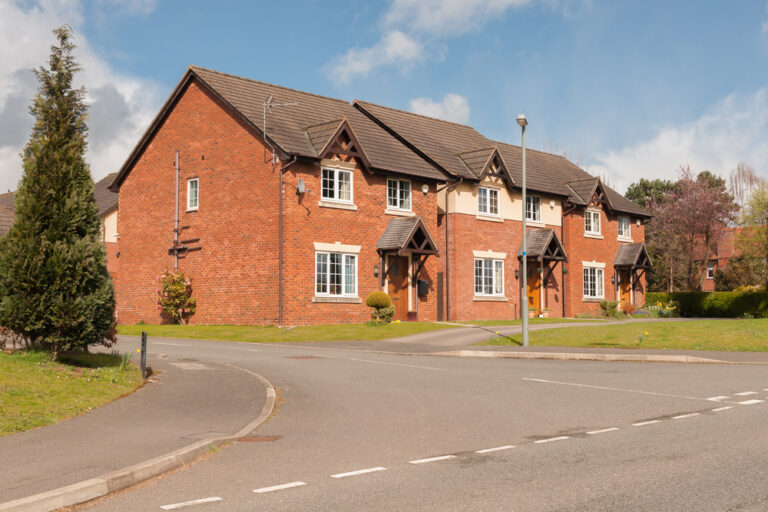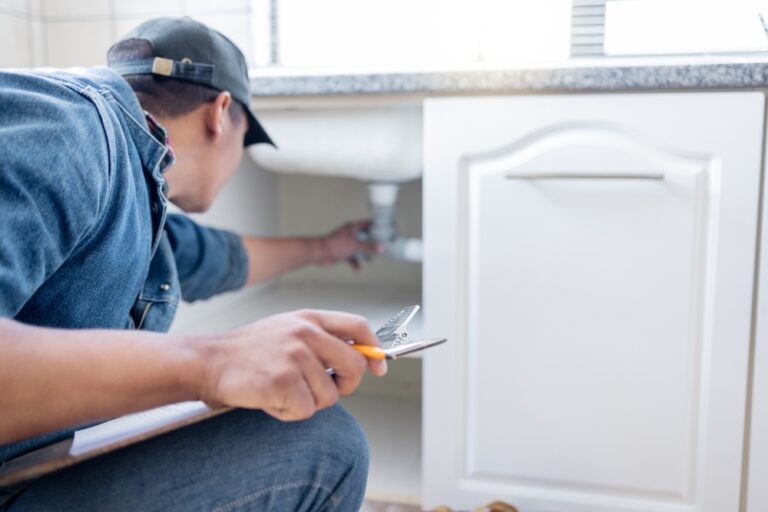Selling a shared ownership property can be a slightly different process compared to selling a standard home, but it doesn’t have to be complicated. If you’re looking to sell your shared ownership property, it’s important to understand the process, what you can and can’t do, and the costs involved.
In this guide, we’ll explain the key steps involved in selling a shared ownership property, from understanding the process to managing the associated fees.
Related: What is a shared equity mortgage? Is that right for you
What is shared ownership?
Shared ownership is a scheme that allows you to buy a portion of a property and rent the rest from a housing association. It’s designed for those who can’t afford to buy a home outright but still want to get on the property ladder. Typically, you can purchase a share of the property, ranging from a smaller percentage up to full ownership, and pay rent on the remaining share. Over time, you can choose to buy more of the property, a process called “staircasing,” a process where you gradually buy more of the property until you own it outright.
Can you sell a shared ownership property?
You can sell a shared ownership property, but the process is a bit more specific than selling a regular property. When you decide to sell, you’ll need to follow the rules set out by your housing association. They usually have the first option to buy the property back from you, and if they don’t, they’ll help you find a buyer who meets their eligibility criteria. It’s essential to check your contract for any conditions or restrictions on selling.
When selling a shared ownership property, here’s what you can typically do:
Sell your share: You can sell the percentage of the property you own. You’ll need to get a professional valuation to determine the market value of your share, and the housing association may need to approve the sale.
Find an eligible buyer: The buyer must meet the housing association’s eligibility requirements. They will typically need to be a first-time buyer or someone who qualifies for the shared ownership scheme.
Use a solicitor and estate agent: Just like with any property sale, you’ll need to work with a solicitor to handle the legal side of things and an estate agent to market and sell the property.
Related: A complete guide to solicitors’ fees when selling your home
What you can’t do when selling shared ownership property?
While there’s a lot you can do, there are also some restrictions when selling a shared ownership property:
Sell without the housing association’s involvement: You can’t sell the property without involving the housing association. They have the first refusal on buying your share, and you’ll need their approval to sell to anyone else.
Sell to anyone: The buyer must meet specific eligibility criteria. You can’t sell to just anyone, even if they’re interested in buying.
Sell without a valuation: You can’t skip the valuation process. You must get an official valuation to determine the current market value of your share.
Related: How to sell your property with a short lease
Costs when you sell
When selling a shared ownership property, there are costs to consider, just like with any other sale. Here’s a breakdown of the fees you’ll likely face:
Valuation fees: You’ll need to have the property valued by a professional surveyor, and this comes with a fee. The cost will depend on the size of the property and the surveyor you choose.
Solicitor costs: You’ll need to hire a solicitor to handle the legal work involved in the sale. They’ll help with drafting the sale contract, liaising with the housing association, and making sure everything goes smoothly. Solicitor fees vary but are an essential part of the process.
Conveyancing costs: These are the costs associated with transferring ownership of the property. A conveyancer or solicitor will typically manage this, and it can include administrative fees, searches, and other paperwork-related costs.
Estate agent fees: If you’re using an estate agent to sell your property, there will be a fee for their services. This can be a flat rate or a percentage of the sale price, depending on the agreement you have with them.
Leasehold charges: If the property is leasehold, you may have to pay service charges or ground rent, which should be taken into account when selling.
Selling a shared ownership property may involve more steps than a regular sale, but it’s not an impossible task. By understanding the rules and regulations and budgeting for the various costs, you can ensure that the process goes as smoothly as possible. Make sure to get the right advice and work with professionals who can guide you through the process.
If you’re looking to sell your shared ownership property or need advice, get in touch with your local Whitegates branch for tailored guidance.




